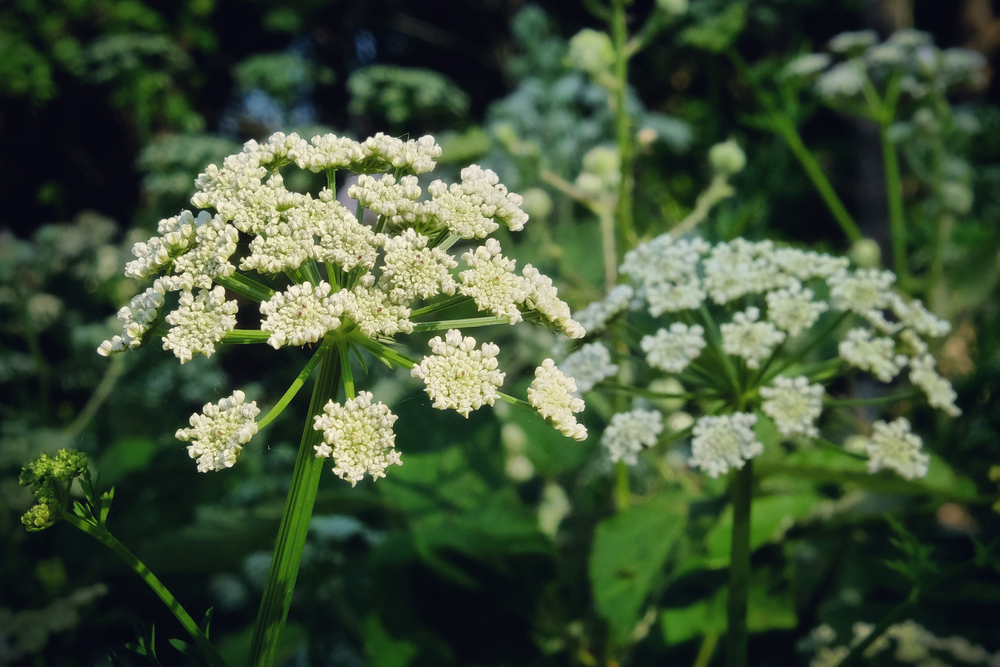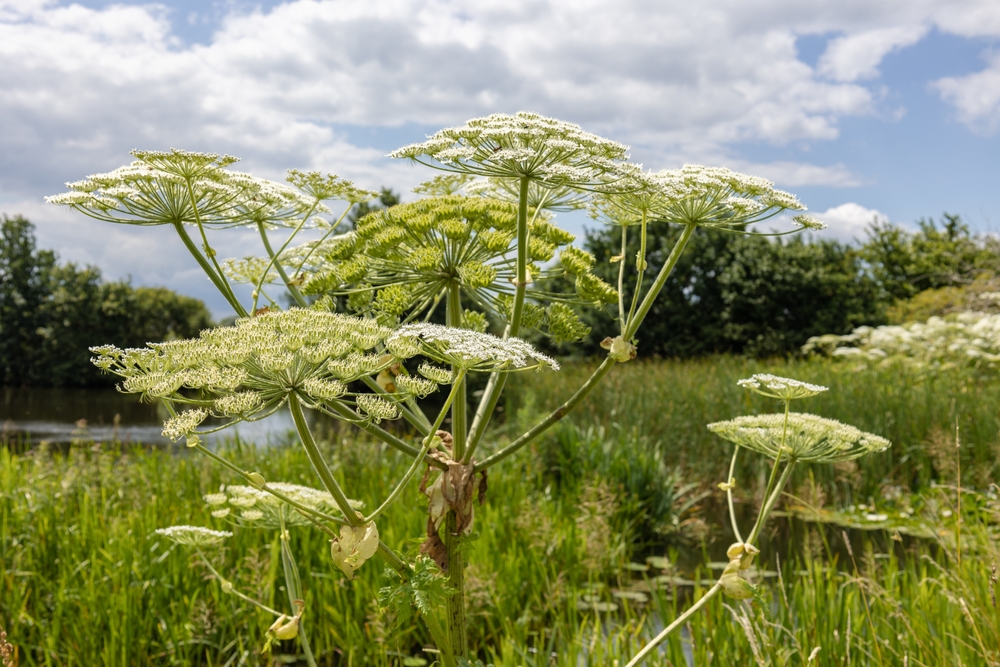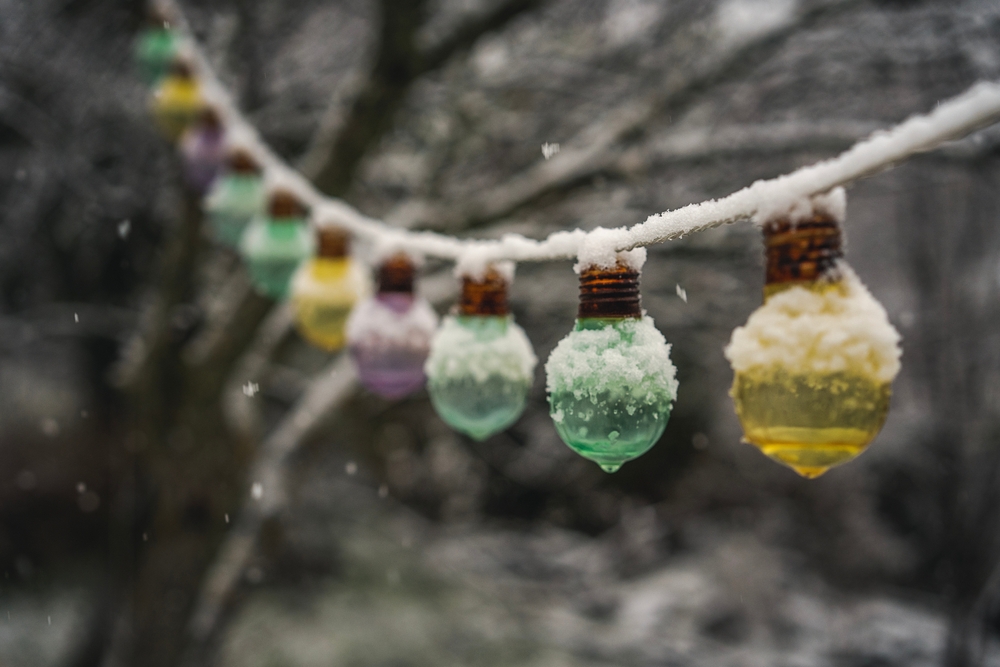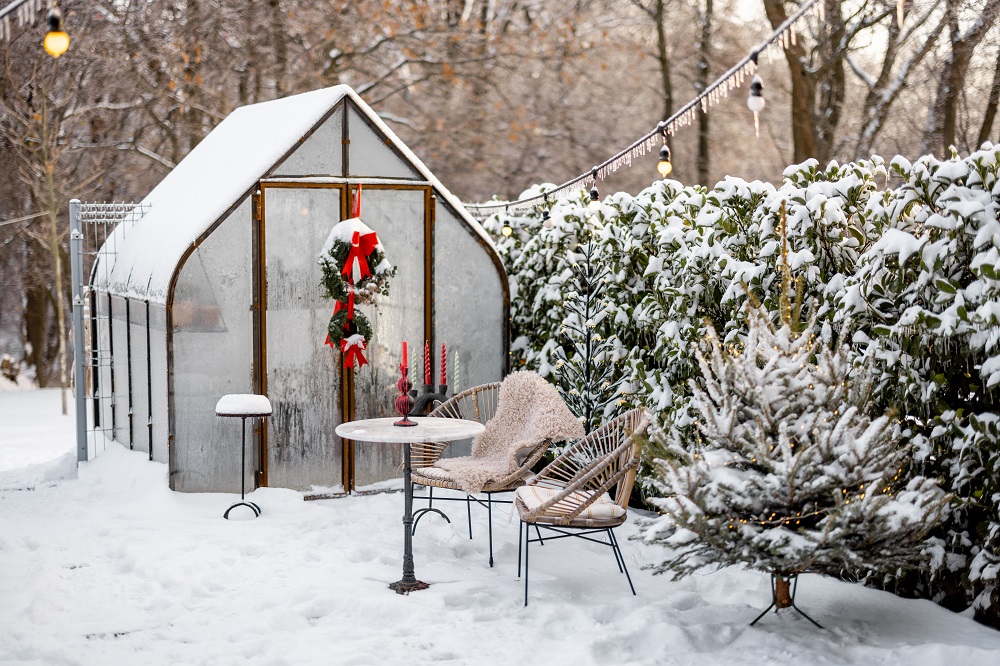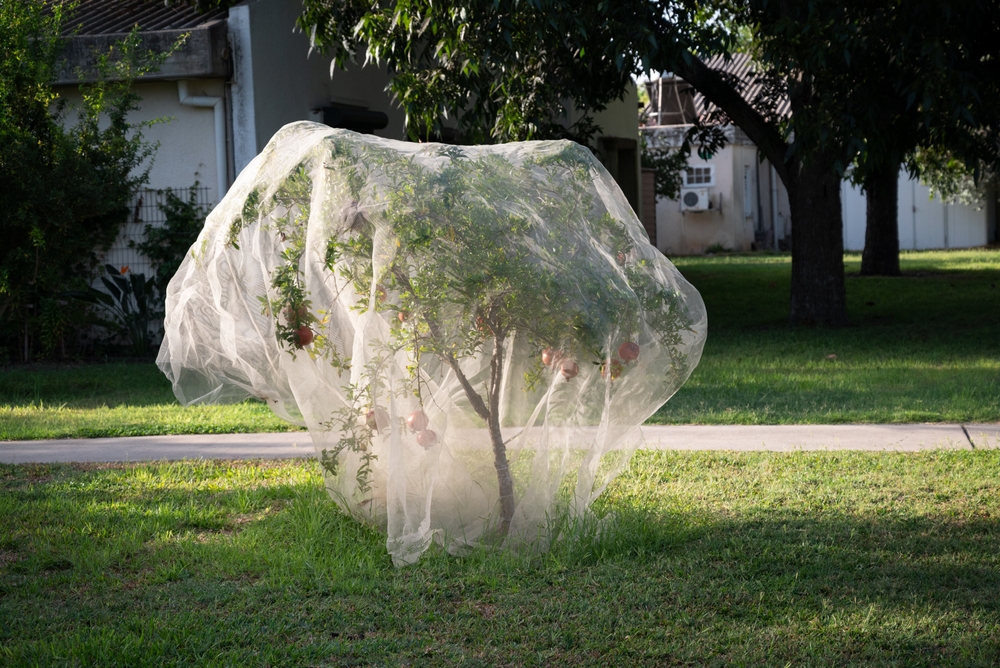As a general rule, it’s important to remember that insects aren’t out to get you. Oftentimes I get the impression that we forget this. The majority of bugs are just looking for shelter from the cold, a source of food and water, and a warm and dark space to spend the winter.
While scientists still study the effects of climate change on global insect populations and behaviors, we do know that bugs are quite sensitive to temperature changes. So we can’t help but wonder if this is why we are seeing more bugs in our homes nowadays.
It’s hard to predict, to be fair. Whatever bugs are going through, we still don’t want to share our kitchen or bedroom with them. Most pest control experts might tell you that keeping insects out of your home in the first place is already half the battle.
To do this, you have to make a single-minded effort to seal all the gaps and cracks in your home’s exterior and interior. It’s also very important to eliminate excess moisture, especially in the basements, attics, bathrooms, and kitchens.
Also, you should remove potential food sources by sealing the garbage and storing food in airtight containers. As these time-tested methods might help reduce indoor insect populations, there are a couple of additional measures you should take to keep your home free of these autumn invaders.

Centipedes
Given their extremely creepy appearance, centipedes are quite high on the wide majority of people’s list of unwanted critters in the home. However, you might be surprised to learn that these multi-legged insects are automatically bad to have around.
They definitely hunt other insects and spiders that, just like them, head indoors in search of food and water, along with warm and damp places to spend the winter.
Solution: If you want to keep centipedes outside, it’s very important to seal your home quite properly and prevent any moisture buildup. Beyond that, seek expert pest control, especially if you notice an abundance of centipedes in closets, bathrooms, basements, and any other areas.
Silverfish
If you ever opened a sweater box and noticed small holes in the clothing, then you might deal with silverfish. These very small, wingless silver bugs feed off carbohydrates, simple sugars that are found in natural fibers such as cotton, silk, and also wood. They are also very attracted to moisture, which is exactly why you might see them in your tub or sink, for that matter.
Solution: You should try using boric acid bait packs in certain areas where you notice an abundance of silverfish. That could imply storage boxes, kitchen cabinets, bathrooms, and even basements. You can also use silverfish glue traps and diatomaceous earth.
Crickets
The extremely pleasant chirping of crickets is definitely a sign that fall is on its way. However, crickets inside the home can rapidly lose their charm. Not only do they disturb our sleep, but they also eat our clothing and breed fast. Species such as greenhouse camel crickets look for warm, dark, and moist spaces. They want to multiply and can rapidly take over basements and ground floors.
Solution: You can seal those entry points, especially under the front, back, and garage doors, where they might easily hop in. If those pesky critters still manage to make their way inside, despite your efforts to seal them out, you should set nontoxic traps to catch crickets that might have already penetrated your home’s defenses.

Spiders
Besides entomologists and insect-obsessed children, a few people welcome the sight of the regular house spider inside their homes. Yearlong inhabitants of many homes out there, spiders of numerous kinds get a little stir-crazy when fall comes, because it’s their mating season, and they literally come out of the woodwork searching for a mate.
Solution: Discourage spiders from settling in your house by removing webs as promptly as you can, and turning off exterior lights at night. Lights attract insects, which in turn attract spiders searching for food.
Bedbugs
These very small and opportunistic bloodsuckers might hitch a ride on pretty much anything, including clothing, suitcases, and car upholstery. As soon as they get indoors, bedbugs can easily infest more than just your bed, hiding out in cracks and crevices in baseboards, walls, and electrical outlets.
Even if their bites aren’t fatal, they can get itchy and unpleasant, so you definitely want to avoid a full-on bedbug infestation, especially when the holidays come. That’s when people tend to travel more and stay in hotels.
Solution: If you want to keep bedbugs out of your house, you should inspect all mattresses before using them. Be on the lookout as well for dark brown spots on the fabric, which might be bed bug droppings. When you return from a trip, look over your luggage carefully and wash your clothing in hot water. You can seek professional pest control services, especially if you suspect that bedbugs have come to stay.
Stink bugs
As residents in a minimum of 43 states might be quite familiar with the brown marmorated stink bug, which is called this way because of the smelly chemical excretion it makes when threatened, homeowners in the Northeast and Mid-Atlantic regions are generally impacted by these swiftly spreading pests. They become very active in the fall, emerging from their outdoor nests to seek shelter from the cold.
Solution: You can keep stink bugs out by sealing every single point of entry to your home. Because these critters generally cling to screens and curtains, pest experts advise rubbing these surfaces with a strongly scented dryer sheet, which might reduce the presence of the stink bug by up to 80 percent.
Boxelder bugs
Just like stink bugs, boxelder bugs are quite harmless to people. However, they produce a pungent odor when they get disturbed. Dark brown and black with red markings, these insects inhabit specific varieties of trees, but they look for warmer nests during winter. They can appear in larger “crowds” both inside and outside your home, so you should focus on prevention.
Solution: You can spray the exterior of your home with a residual insecticide, a pesticide that still sticks to a surface for a prolonged period of time and kills all the bugs that crawl over it. You can also spray around your home in early spring and again in the fall, mostly because these are the most active periods in their life cycle.
When you apply insecticide, make sure you test a small patch first to ensure the chemical doesn’t damage your house’s siding or paint. Also, always, but always wear protective gear, including goggles, masks, and gloves!
Cluster flies
Here’s the thing: it’s not only bears that hibernate in the winter. Cluster flies sleep as well, and they also seek warm, dark places, such as the inside of the walls of your home. They simply want to sleep away the cold months before fully reemerging in spring. Also known as “attic flies”, they are known to carry diseases. To make matters worse, they can crawl inside the smallest of spaces.
Solution: Prevention is key, so you should seal every single crack you can find. Pay attention to gaps in your home’s siding and roofing tiles, but also to joints where the roof meets the walls. Also, don’t forget about screens and windows. You can easily get your home professionally treated for cluster fly infestation.
If you found this article insightful, we also recommend checking: Best Plants to Grow Based on the State You Live In!

